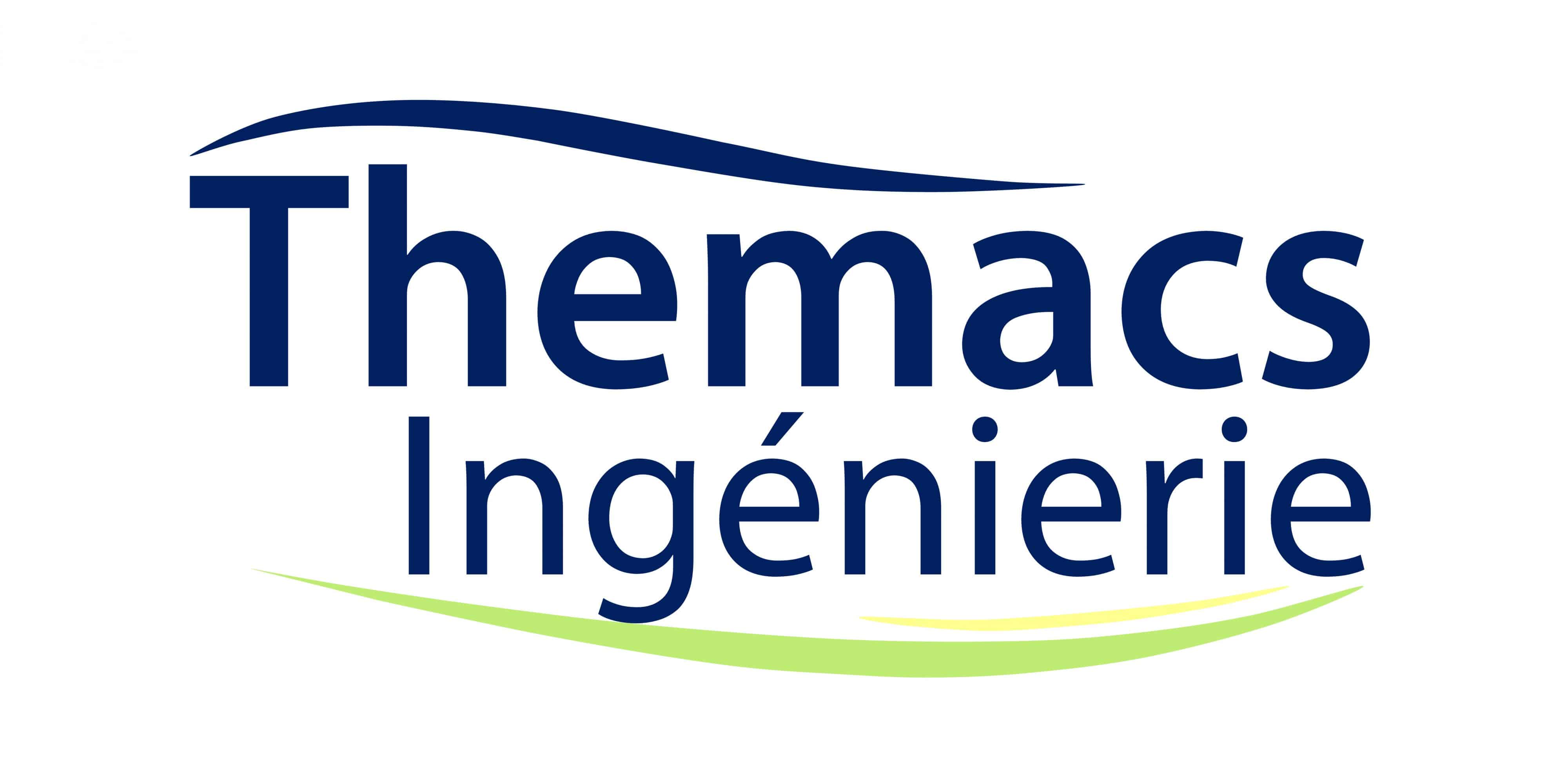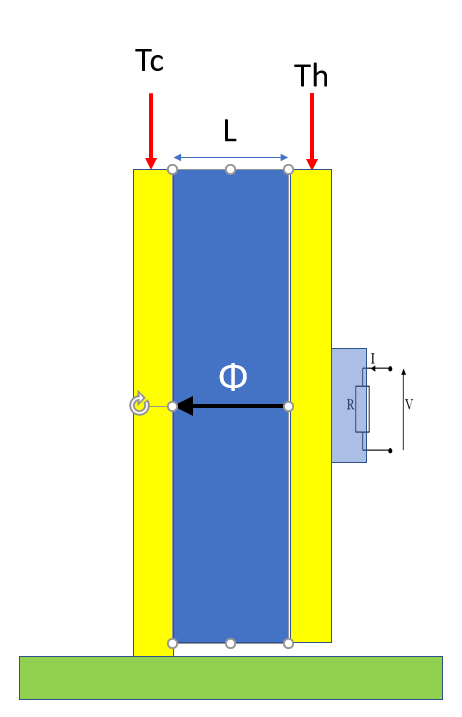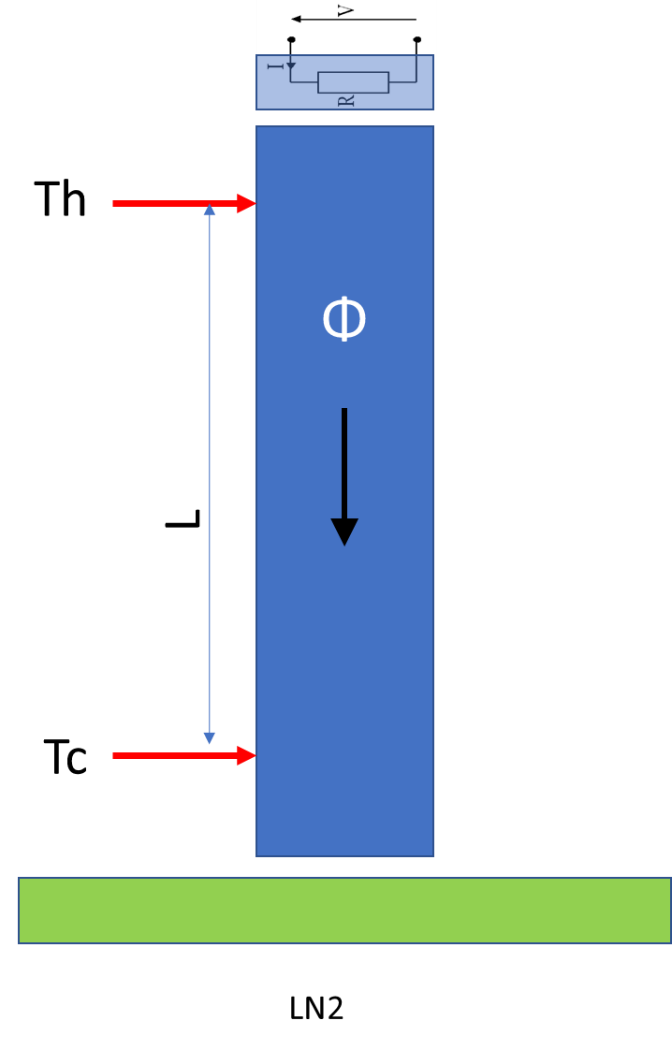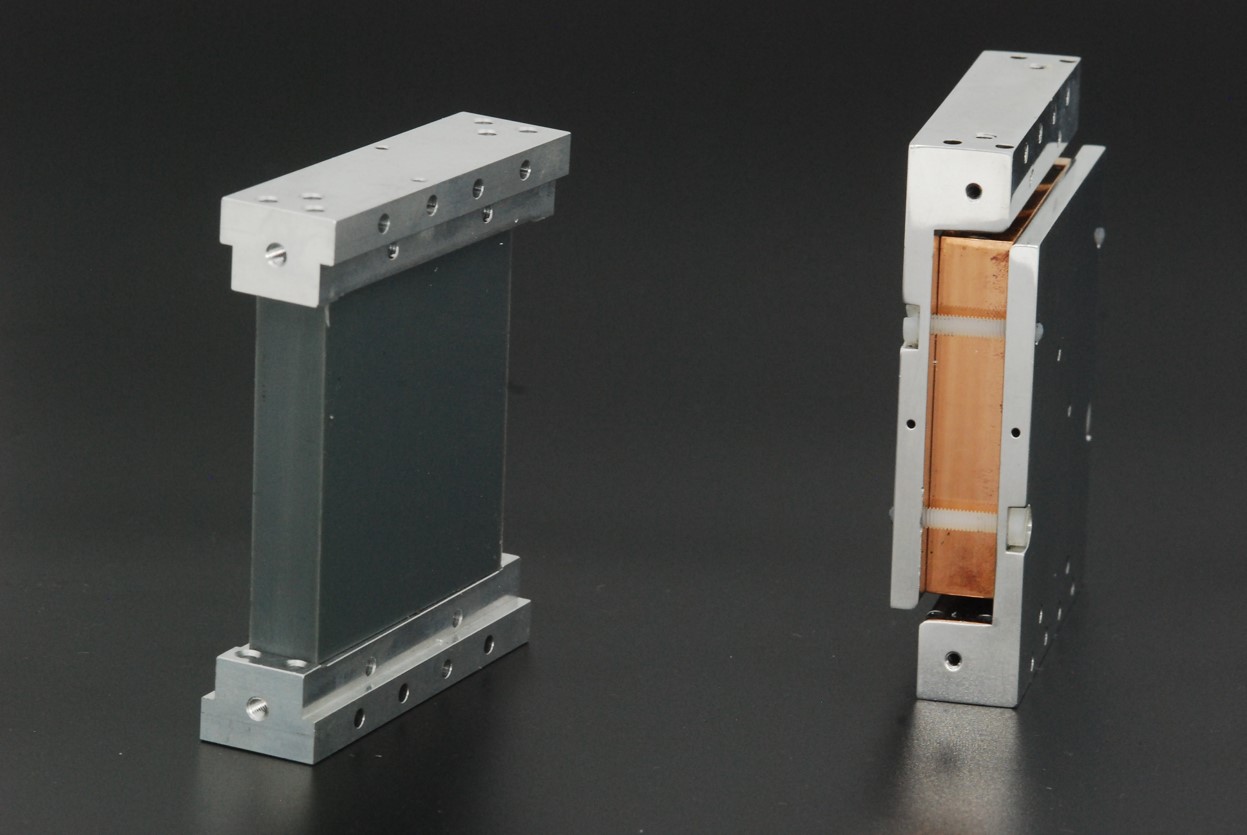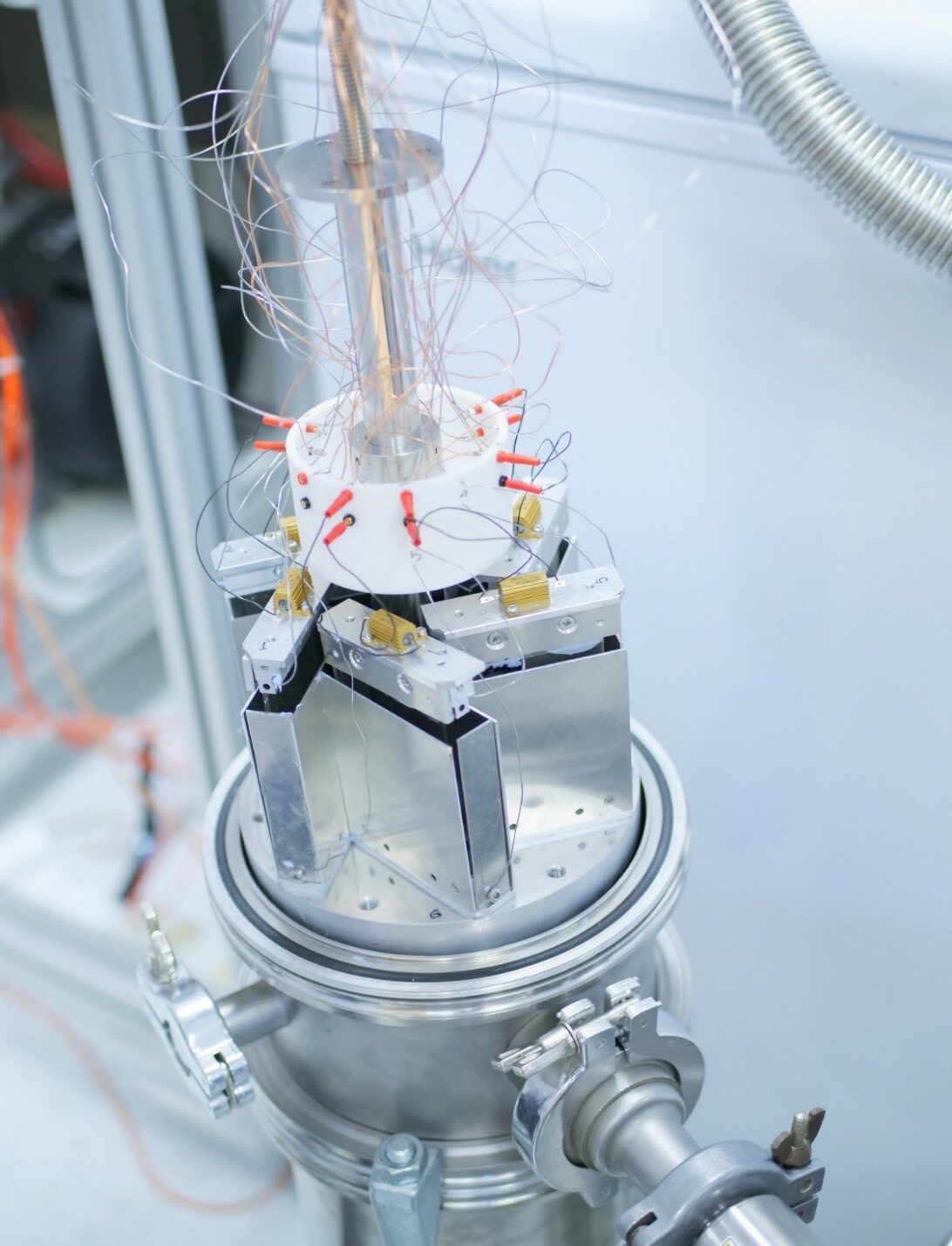An Innovative Method for Measuring the Thermal Conductivity of Composite Materials for Airbus
Summary:
Thermal characterisation of materials is crucial to ensure their performance and integrity in industrial applications. This document details a study carried out on the thermal conductivity of composites for Airbus. The measurements, carried out by Themacs Ingénierie, aim to determine the thermophysical properties of these materials using specific experimental methods. This article describes the methodologies used, the measurements carried out, and discusses the advantages and limitations of this approach.
The study of the thermal properties of composite materials is essential, particularly for critical sectors such as aerospace. Themacs Ingénierie initiated this project to evaluate the thermal characteristics of composites through a series of experimental measurements for AirBus.
Methodology:
The measurements are twofold: thermal conductivity is measured in steady state and diffusivity is measured in unsteady state (longitudinal mode only). To do this, the sample is subjected to a thermal gradient in order to measure the heat flux and the temperature difference. The device is designed for both longitudinal and transverse fibre measurements. The photos below show the measurement principle in both configurations. They show the device from different angles. The radiative screens for the longitudinal mode arrive at mid-height and are doubled so that their average temperatures correspond to the average temperature of the sample.
The measurements were carried out using a special experimental set-up, enabling the material to be analysed in two directions: longitudinally and transversely. CFRP (Carbon Fiber Reinforced Polymer) and GFRP (Glass Fiber Reinforced Polymer) composites are highly anisotropic materials. The device incorporates components such as radiative screens and a resistance heating system to ensure accurate measurements.
The photo below shows the two configurations for measuring conductivity in both directions:
The sample holder allowing 6 similar samples to be measured in a single temperature run is shown in the two photos below:
The measurements were carried out using a specific experimental set-up, enabling the material to be analysed in two directions: longitudinally and transversely. This device incorporates components such as radiative screens and a resistance heating system to guarantee the accuracy of the measurements. The device is illustrated here:
The two temperature measurements are taken at two different heights from the sample. The power excitation must be steady-state and unsteady-state. The solution chosen was a Dirac comb excitation. An average value of the injected power is used to obtain the thermal conductivity and the frequency study is used to obtain the diffusivity. The graph below shows the two temperatures. From these measurements we can determine the diffusivity in the frequency domain.
Results :
The results reveal significant variations in thermal conductivity between the different composites tested. For example, glass epoxy samples, commonly known as GFRP, show a lower average conductivity than the other carbon epoxy (CFRP) composites examined. The results also indicate that longitudinal methods show less dispersion than transverse methods.
The variations observed suggest an intrinsic heterogeneity of the composite materials, influencing their thermal properties. Although some dispersion is present, the methodologies adopted enabled us to minimise its impact on the overall accuracy of the measurements.
Conclusion and outlook:
This study highlights the effectiveness of the experimental devices and methodologies used to characterise the thermal properties of Airbus composites. The results obtained provide valuable information for optimising the use of these materials in applications requiring precise thermal management.
The prospects for this research include exploring new measurement configurations and studying other types of composite to extend the application of the techniques developed in this study.
The acquisition by THEMACS Ingénierie of a system capable of cooling down to 10K means that applications in the field of liquid hydrogen storage can be envisaged.
In summary, this study of the thermal properties of materials provides a solid basis for future investigations and improvements in the field of aerospace, hydrogen storage and aeronautics, promoting better performance and safety of the materials used.
